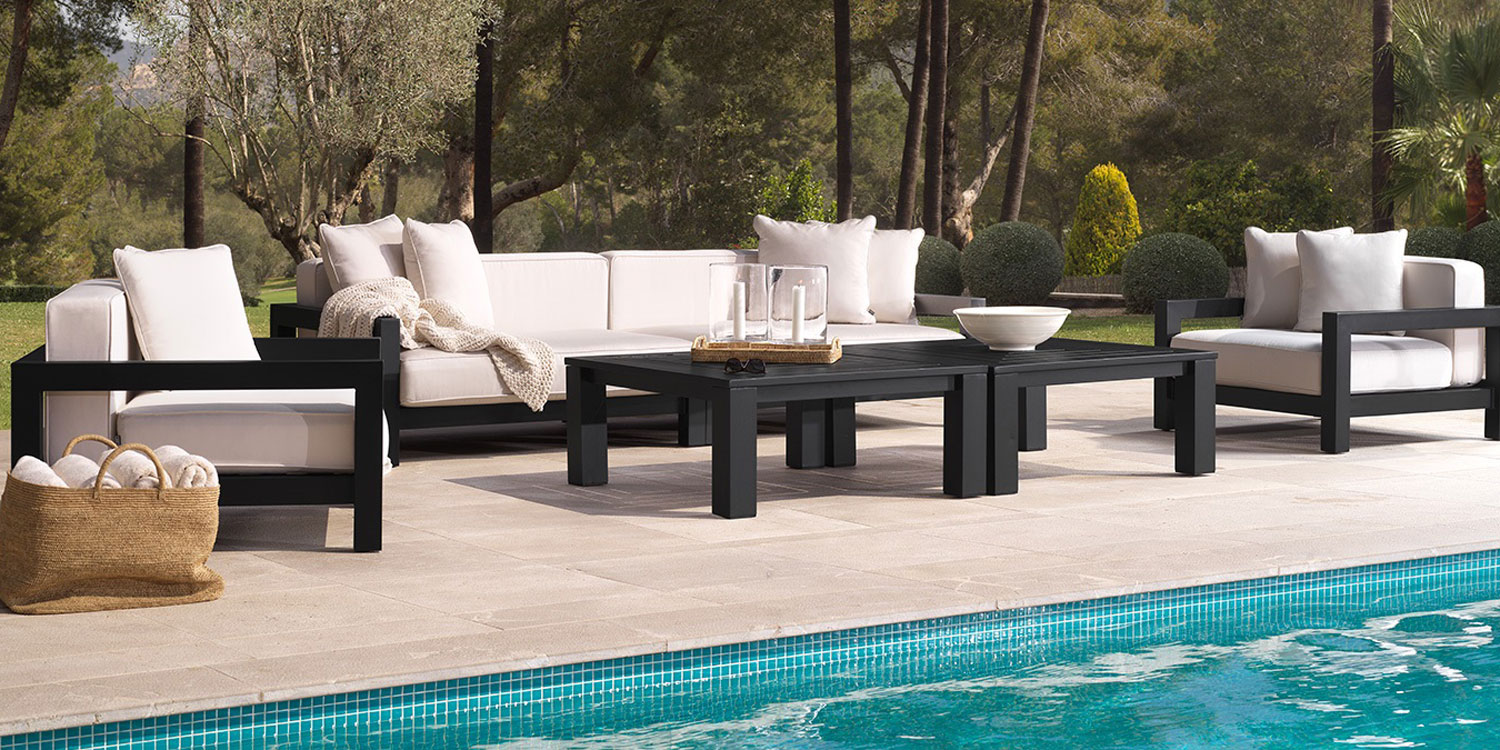A Touch of Glam: Adding Luxury to Your Living Space
Furniture is more than just a collection of objects used for sitting, eating, or sleeping. It is a fundamental component of interior design that marries functionality with aesthetics, shaping the character and usability of our living spaces. From ancient times to the modern era, furniture has evolved in design, material, and purpose, reflecting cultural trends, technological advancements, and individual preferences.
Historical Evolution of Furniture
The history of furniture dates back to ancient civilizations, where it served both practical and symbolic purposes. In ancient Egypt, furniture was often ornate and made from wood, stone, or metal, signifying the wealth and status of its owner. The Greeks and Romans further developed furniture design, introducing elements like the klismos chair and the Roman couch, which emphasized comfort and elegance.
During the Middle Ages, furniture in Europe was predominantly functional and heavy, often constructed from oak and adorned with intricate carvings. The Renaissance brought a revival of classical design principles, infusing furniture with artistic elements and improved craftsmanship. This period saw the emergence of the cabinetmaker and the creation of luxurious, finely crafted pieces.
The Industrial Revolution in the 18th and 19th centuries revolutionized furniture manufacturing. Mass production techniques allowed for the creation of affordable furniture, making it accessible to a broader population. Styles such as Rococo, Victorian, and Art Nouveau emerged, each with distinct characteristics and ornamentation.
Modern and Contemporary Furniture Design
The 20th century introduced modernism, a movement characterized by simplicity, minimalism, and functionality. Influential designers like Le Corbusier, Charles and Ray Eames, and Mies van der Rohe championed the use of new materials such as steel, glass, and plywood, creating iconic pieces that remain popular today. The modernist mantra “form follows function” emphasized the importance of practical design without unnecessary decoration.
Contemporary furniture continues to evolve, blending modernist principles with innovative materials and technology. Sustainable design has become a significant focus, with designers and manufacturers prioritizing eco-friendly materials and production processes. Multifunctional furniture, such as modular sofas and space-saving storage solutions, addresses the needs of urban living, where space is often limited.
Materials and Craftsmanship
The choice of materials plays a crucial role in Eichholtz , influencing its durability, appearance, and environmental impact. Traditional materials like wood, metal, and upholstery fabrics remain popular, each offering unique qualities. Wood, for instance, provides warmth and natural beauty, while metal offers strength and a modern aesthetic.
Advancements in material science have introduced new options such as engineered wood, composites, and synthetic fabrics. These materials often provide enhanced durability and versatility while supporting sustainable practices. The craftsmanship involved in furniture making ranges from artisanal handcrafting to advanced industrial techniques, ensuring a wide spectrum of styles and quality.
Furniture and Interior Design
Furniture is a pivotal element in interior design, setting the tone and functionality of a space. It is essential to consider factors like scale, proportion, and color harmony when selecting furniture for any room. The arrangement of furniture influences the flow and usability of a space, impacting both aesthetics and comfort.
Living rooms, for example, benefit from a well-thought-out seating arrangement that encourages conversation and relaxation. In dining areas, the table and chairs should provide ample space for dining and socializing, while bedrooms require furniture that promotes rest and organization. Office furniture, on the other hand, must prioritize ergonomics and productivity.
The Future of Furniture Design
As we move further into the 21st century, furniture design is likely to continue its trajectory towards innovation and sustainability. Smart furniture, equipped with technology for enhanced functionality, is becoming increasingly prevalent. This includes items like adjustable standing desks, smart storage solutions, and even furniture with built-in wireless charging capabilities.
The trend towards minimalism and multifunctionality is expected to persist, addressing the needs of compact urban living spaces. Additionally, the rise of the sharing economy and modular furniture systems allows for greater flexibility and customization, catering to the evolving lifestyles of modern consumers.
In conclusion, furniture is an integral part of our lives, providing comfort, functionality, and aesthetic appeal. Its evolution reflects our changing lifestyles, technological advancements, and cultural influences. As we look to the future, the focus on sustainable practices and innovative design will continue to shape the way we live and interact with our surroundings.